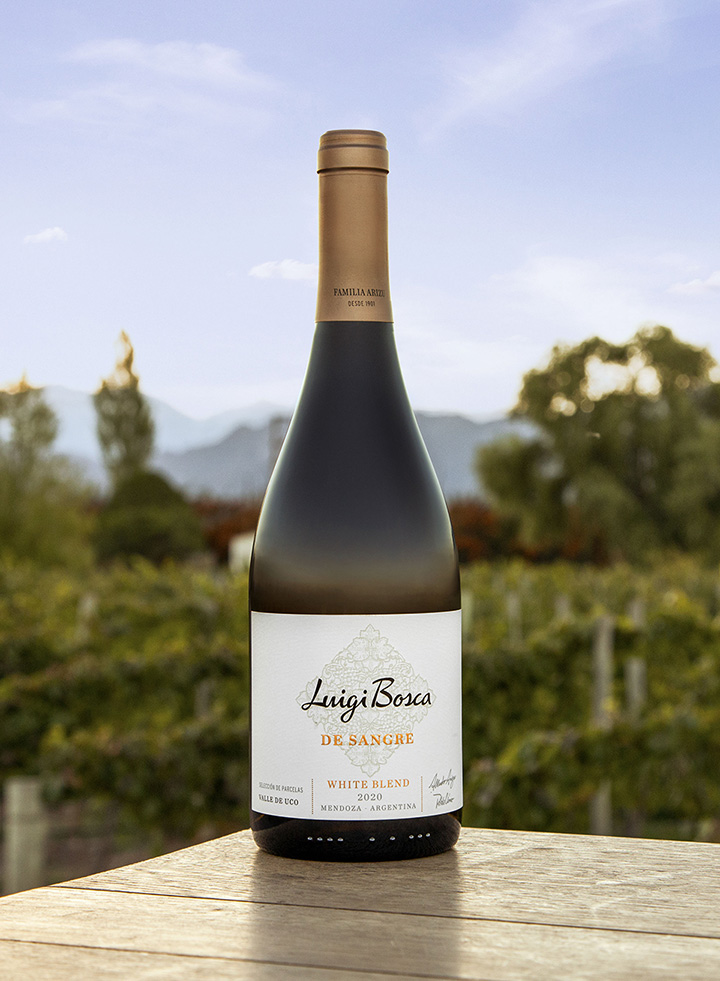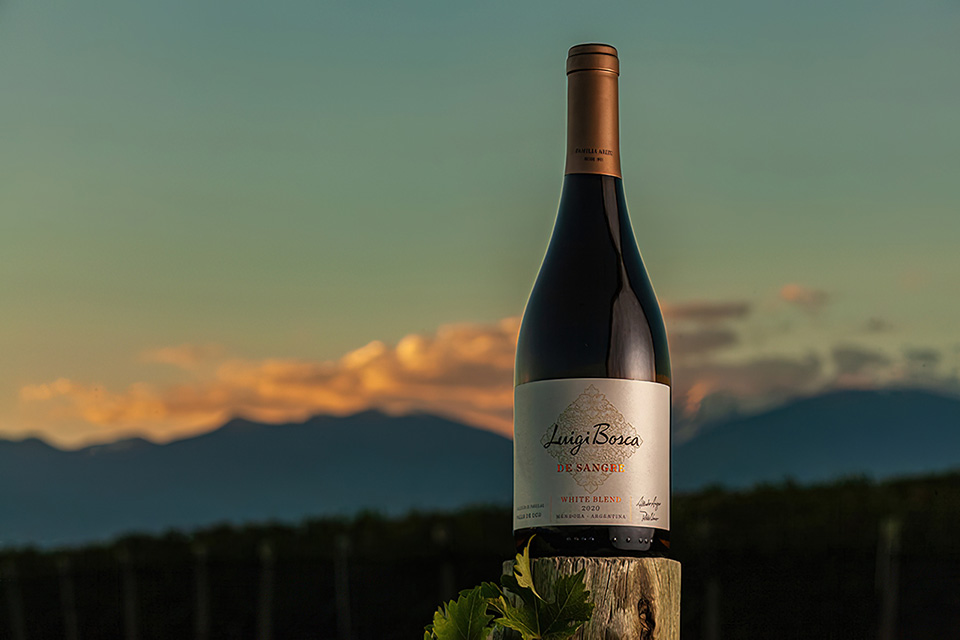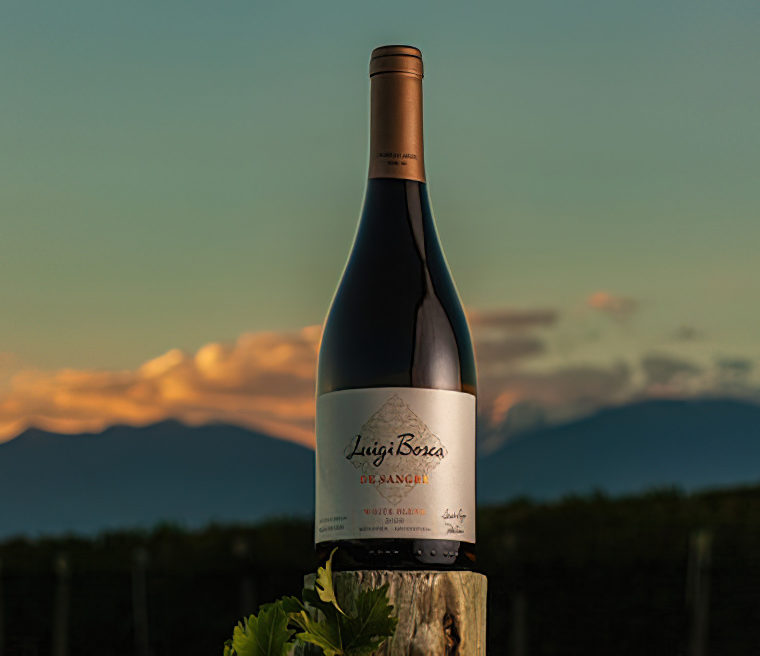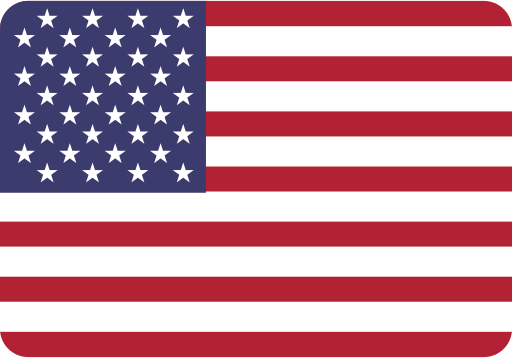At first sight, and without paying attention to the details that make the difference, wines are usually divided into the white, red, rosé and sparkling categories. However, when we delve into the beverages in question, they can be grouped into two major types: on the one side, those made from a single grape variety and, on the other, the wines born after mixing two or more varieties.
The Old World wine has historically made blends that are more identified with their terroir of origin than with the varieties involved. “Varietality”, instead, was the result of the boom of New World wines, which began including the name of their variety in the label. Therefore, as varietals express the organoleptic characteristics of a particular variety, blends truthfully reflect the winery style and the winemaker’s hand.
In Argentina, during the 20th century, it was very common for table wines to be blends of red or white vines, sold as “generic wines”. Nonetheless, there was no such thing as upmarket blends. It was only in the first decade of the new millennium when national wineries established themselves in the production of great red blends –which are usually also their icon wines-, but none of them made blend wines from white grapes.

As its name suggests, this is a white blend made from different varieties, none of which amounts to 85% of its overall composition, thus excluded from the “varietal” category.

In the year 2010, the pioneer spirit that characterises Bodega Luigi Bosca turned it into the first Argentine winery to make a top quality white blend: Luigi Bosca Gala 3, a Viognier, Chardonnay and Riesling blend aged for 12 months in oak barrels. This wine –the first in its segment- not only revolutionised the market, but also marked the start of a new cycle in the Argentine vinegrowing sector. After Gala 3, other renowned wineries began daring to make their own white blends, something still uncommon nationwide.
As its name suggests, this is a white blend made from different varieties, none of which amounts to 85% of its overall composition, thus excluded from the “varietal” category. These wines are based on a variety of a certain level of structure (such as Chardonnay or Viognier), blended with other varieties at a smaller percentage (like Sauvignon Blanc or Semillon). Each variety contributes the characteristics and shades that amalgamate the wine, to achieve superior outcomes.
Generally speaking, great white blends stand out for their elegance, fineness, expressiveness, and fruity character. Wines of balanced aromas, with notes of white, tropical and citric fruits that often amalgamate with the floral hints and other distinctive touches provided by its ageing in oak. They are voluptuous, clean and fresh in the mouth, so they are a great accompaniment to fried seafood, sushi plates, tiraditos, bluefish, grilled chicken and, if its structure allows so, risottos.
Bodega Luigi Bosca has a long history of making wines of this type. De Sangre White Blend is the white blend that successfully expresses the innovating hand of winemaker Pablo Cúneo and the winery’s unique style. A broad and majestic blend that is born from three grape varieties: Chardonnay, Semillon and Sauvignon Blanc.



